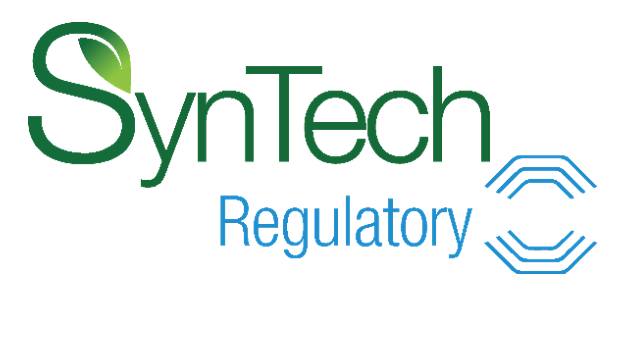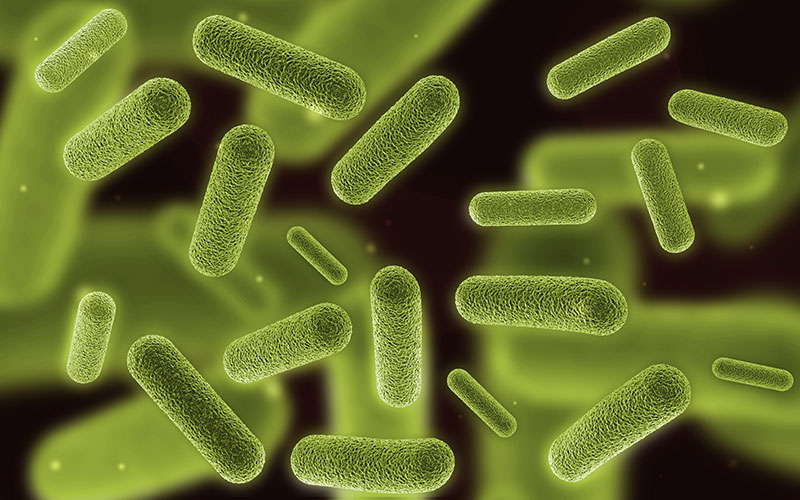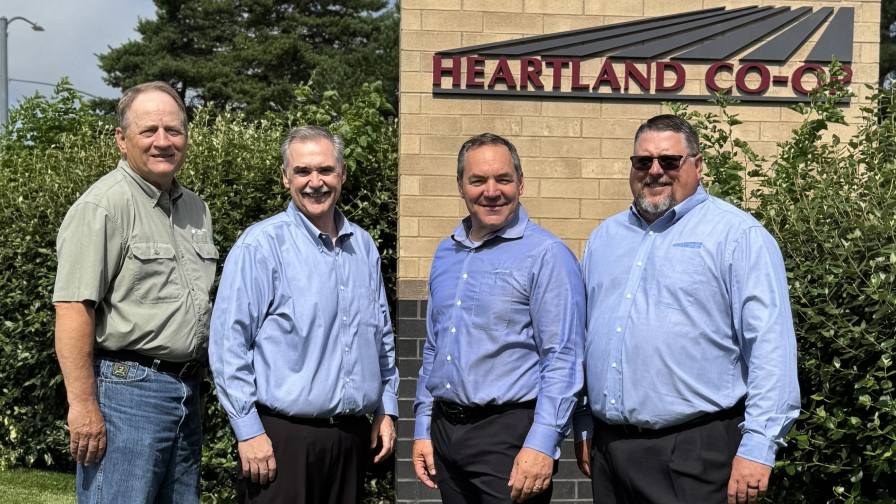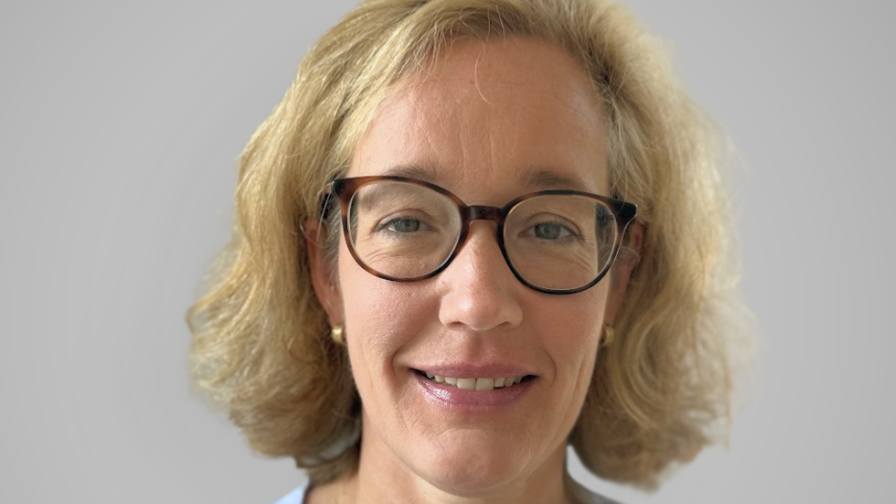New Technologies, Industry Partnership Among Key Highlights of an Expanding Seed Treatment Market
The market for crop coatings and seed treatments could rise by 8% to 9% over the next five years.
New and more advanced technologies and products will account for much of that market growth, says Kurt Seevers, Technical Development Manager for Seed Treatments and Inoculants with Verdesian, a maker of sustainable crop protection products.
Palle Pedersen, Global Head of Product Management at Switzerland-based Syngenta Seedcare, says the emergence of new nematicide seed treatments is also growing the market. That’s especially the case for farmers who want to maximize yields by planting earlier in the season, when conditions are wetter, and crops are more susceptible to damping diseases and pests.
One notable sign of the growing crop coating-seed treatment industry is a partnership announced in September between Syngenta Seedcare and Bioceres Crop Solutions, a major provider of biological inoculants that release nitrogen in soil. The two companies plan to develop new biological seed treatments and register existing biological products throughout the world. Under the agreement, Syngenta will become the exclusive commercial distributor of Bioceres’ biological seed treatment products worldwide.
Other companies expected to introduce new crop coatings and seed treatments include BASF, Bayer, and Corteva, although Seevers says these larger firms have tended to focus more on chemical products.
“Smaller companies are driving biological [seed treatments],” Seevers says. “[It’s] an area where they can have an impact.”
New Products
Seevers said three segments — chemicals, biologicals, and micronutrients — comprise the crop coating and seed treatment market. Chemicals include insecticides applied directly to the seed. Proponents say they’re better for the environment than insecticides applied to full-grown crops because less is needed.
Biologicals stimulate seed and plant growth by making nutrients from the soil more available, battling off pathogens and supporting root systems.
Micronutrients coat the seed with valuable elements like zinc and manganese.
“The really neat thing is it doesn’t take a lot of material on the seed to see impact on plant growth,” Seevers says.
Last year, United States Environmental Protection Agency (EPA) approved registration of a new fungicide seed treatment, Vayantis, by Syngenta. The product protects corn, soybean, canola, oilseed rape, and cereal seedlings from damping-off disease caused by pythium.
“Since it was more than 40 years ago that the last broad spectrum oomycete fungicides were brought to the market, this is a real gamechanger in the industry,” Pedersen says.
Earlier this year, Syngenta introduced VICTRATO, a seed treatment formulated to protect crops like soybeans, corn, cereals, cotton, and rice from nematodes and soilborne fungal diseases.
Market Drivers
In addition to the focus on sustainability, rising seed costs are driving the increased demand for seed treatments. Seevers said a bag of seed corn cost $25 or $35 in the 1950s and 1960s. The price today is more than $300.
“With those prices, people are expecting every seed that germinates to produce a yield,” Seevers says.
Another factor is sustainability itself. Tillage conservation practices mean farmers are tilling their land less to preserve their soils and minimize trips across the field. “This also means that more soilborne disease like pythium and fusarium will be in the rootzone, which will need to be managed,” Pedersen says.
Further, seed treatment applications have improved in terms of ease and accuracy since the early 2000s. New liquid formulations are easier to apply more uniformly on seeds than older dry formulations.
The crop coating and seed treatment market will grow most notably in the United States and Europe, due to consumer demand for sustainability. A market is developing in Southeast Asia, which is becoming more accepting of genetically modified seed says Seevers.
Pedersen says market growth is occurring in Brazil, where more farmland is opening, as well as North America.
Industry Challenges
Challenges remain. For example, supply-chain problems that have affected entire economies have also impacted the seed treatment industry.
Also, although biologicals like rhizobia inoculants and bacillus thuringiensis (Bt) have been in used for decades, farmers have not fully accepted them.
“The attitudes about some of these products is that they don’t work well,” Seevers says. “The companies developing new biologicals need to explain how they work and what they do for plants.”
Another challenge is overcoming the human tendency to believe that what can’t be seen isn’t harmful.
“(We have to educate) growers about the invisible threats below ground from plant parasitic nematodes and soilborne pathogens like pythium and fusarium,” Pedersen says. “They are not visible and can’t be seen driving down the field.”





